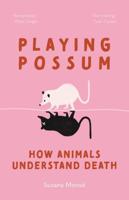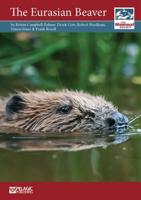Publisher's Synopsis
Accounting for nearly a quarter of living mammal species, bats are the focus of large-scale research efforts in almost every field of biology and have become increasingly recognized for their importance to discussions of vertebrate biodiversity and conservation. The past three decades have seen enormous strides in the field of chiropteran biology, largely due to advances in technology, observational techniques, and analytical methods.
Presenting the most recent research and synthetic reviews of more than thirty-five of the world's leading authorities on bats, Bat Biology and Conservation discusses bat phylogeny and evolution, functional morphology, echolocation, and conservation biology. Several contributors focus on long-standing problems in bat systematics and illustrate the value of well-substantiated phylogenetic hypotheses for understanding diverse biological patterns. Others emphasize the importance of investigating both form and function and consider how morphological and ecological constraints influence flight, mastication, and the sensory systems used in echolocation. Still others consider the conservation status of bats in every part of the world and discuss the protection of both roosting and foraging habitats.
As the loss of natural habitats and their species continues unabated, this book documents efforts to investigate bats in both tropical and temperate ecosystems. It is an essential reference not only for bat scientists but also for conservation biologists and those working with other mammalian groups.









